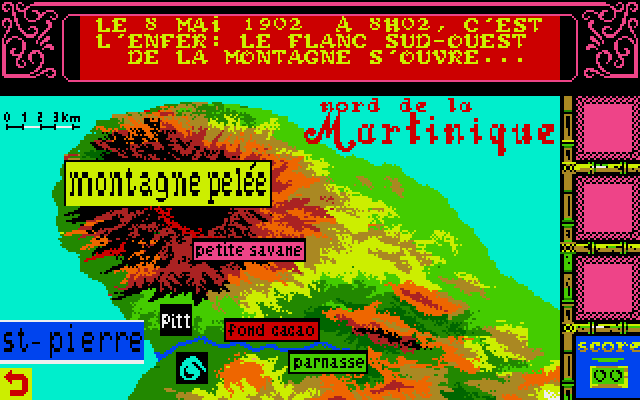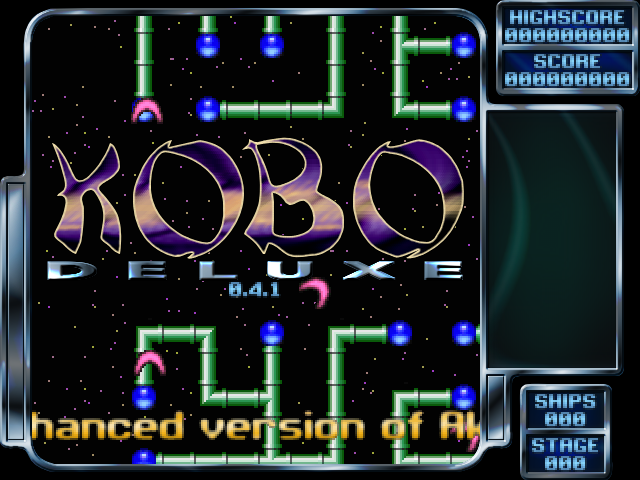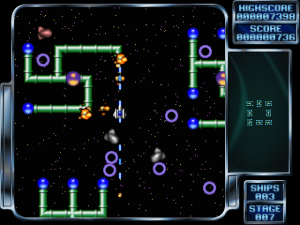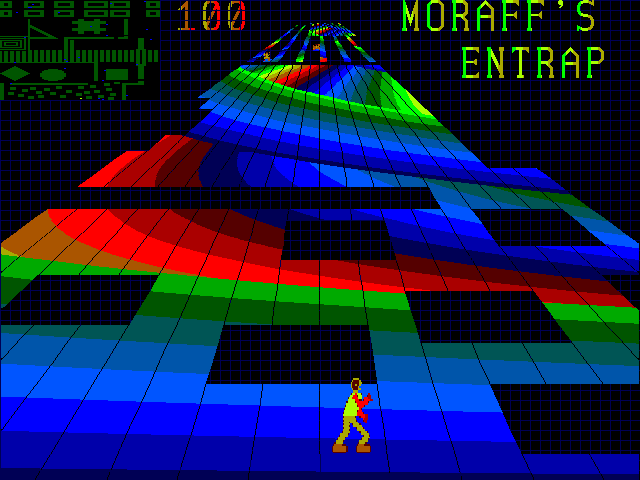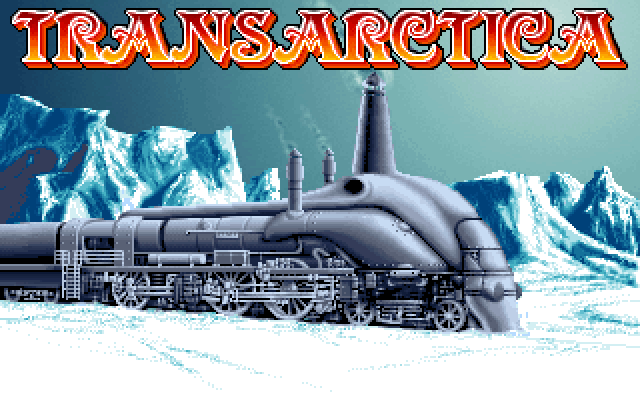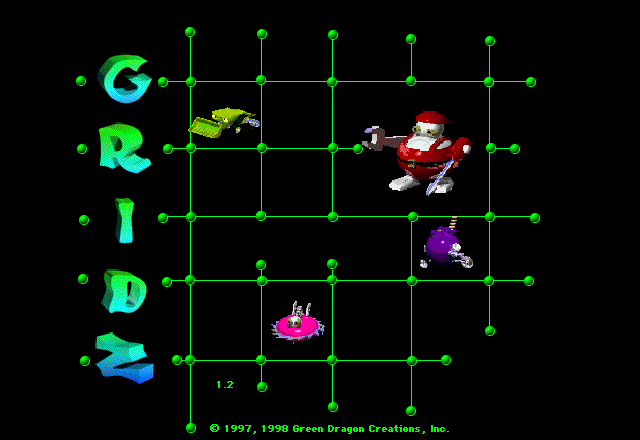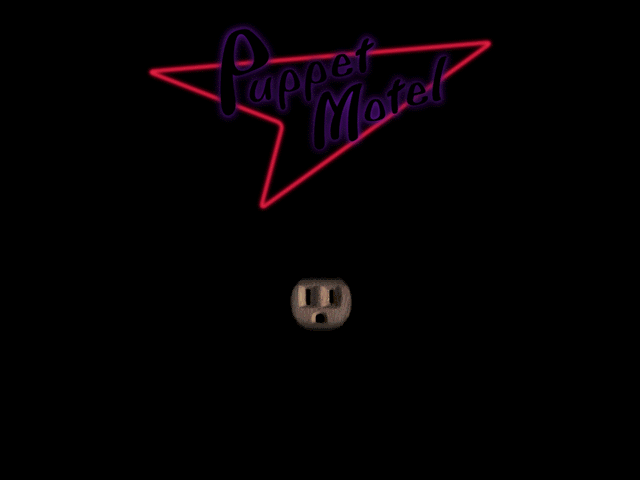Muriel Tramis speaks about her career and the memory of Martinique 
Muriel Tramis has a quiet but powerful legacy in gaming. As a designer and producer at French studio Coktel Vision starting in the late 80s, Tramis worked on about a dozen titles, like the puzzle series Gobliiins. But she may be known best for her socially charged games inspired by her family’s history on the Caribbean island Martinique, such as the colonial mystery game Méwilo and the incendiary slave rebellion game Freedom: Rebels in the Darkness.
Tramis left Coktel Vision in 2003 after the company merged with Vivendi Universal Games, and she’s kept a low profile since then. Now, Tramis is stepping back into games with a remake of Méwilo, her first game, for its 30th anniversary. Tramis launched a crowdfunding campaign for the game last week.
To promote her return to gaming, Tramis unexpectedly contacted me a few weeks ago and, in one of her first interviews in English, shared more about her time with Coktel Vision, the importance of historical memory to her work, and what she’s been up to for the last 15 years. » Read more about Muriel Tramis speaks about her career and the memory of Martinique

